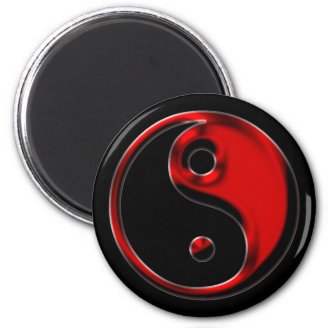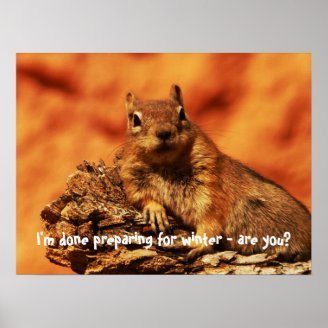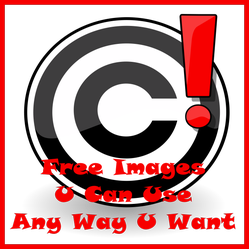There are thousands of free image files available for you on the Web to download and use to illustrate your website, blog, articles, etc. There are even those that you can put onto zazzle or other print-on-demand products and sell.
But if you do not understand the different categories of copyright and free images, you may inadvertently use a photo or clip-art image in a way that violates the rights of the artist. With all the material that is freely available, there is no reason to exploit the work of others nor to put yourself at risk of costly lawsuits.
You will find here definitions of copyright categories so that you can immediately understand when you see the type of license under which an image was published. I will also provide the URLs for websites that. list image resources and those that explain the licenses in greater detail.









 Visiting an Art Gallery With a Two-Year-Oldon 07/27/2015
Visiting an Art Gallery With a Two-Year-Oldon 07/27/2015
 Using the News to Enhance Jewish Identity in Jewish Kidson 07/24/2015
Using the News to Enhance Jewish Identity in Jewish Kidson 07/24/2015
 Xi'an - Not Just Terracotta Warriorson 06/09/2015
Xi'an - Not Just Terracotta Warriorson 06/09/2015
 Sew Your Own Wedding Dress - or Your Daughter'son 02/06/2015
Sew Your Own Wedding Dress - or Your Daughter'son 02/06/2015



Did I answer all your questions? Is there something I misunderstood and you can correct me on? After all, this stuff is complicated.
Thanks a lot Sheri,i would look for it,
Yes, you can get vintage art images for free since the copyright for most of the unretouched images has long expired. One great source is wikipedia. If you know an artist you like, look him or her up on wikipedia and they often have images of that artist's work and when you click on the image you get a downloadable copy together with copyright information.
Yet another great post from you, just wish to know how the zazzle artists are making designs describing 'vintage' art, gifts etc. I have always wondered that, are they available for free on any of the sites?
Thanks for the compliment, Brenda.
This excellent article should have a badge, Sheri. It's information that many writer's are looking for.
TWS: Glad to be of help!
great info.. thank you.
Thanks for this, Tolovaj. Going to check it out now.
Seeing the debate still going on I can add two interesting search strings for everybody who wants to know more about copyrights of photos of paintings in museums.
One is legal precedence: 'Bridgeman Art Library vs Corel Corp' where everybody can learn what can be done with law and a lot of money.
The other is called 'The Yorck Project' and it is an answer for everybody who would like to use great photos of great paintings and sleep well.
I hope it helps:)
Mira, regarding your first point: "Fair Use" should trump any copyright as long as you use the work for truly fair use purposes. Commercially - well, copyright laws are copyright laws. I wonder if the Romanian museums "wrap contract" is written into Romanian Law. If not, you may have a case to challenge them if you are so inclined to open up the field there.
Regarding your second point: Perhaps I should go back to my relevant products and make a note that this product is not for sale in the UK - but maybe I'll go onto the zazzle forum and see what more experienced sellers say - this is an excellent point and thanks for bringing it up.